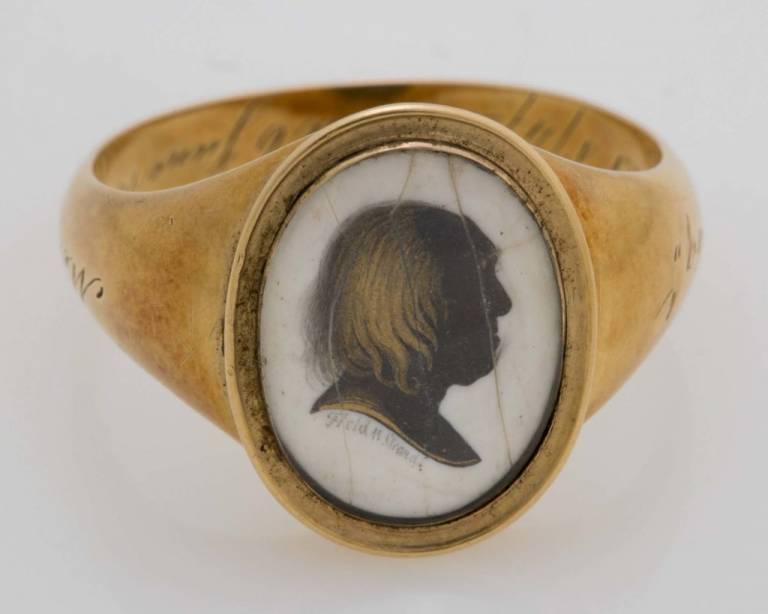Science and the dilemma of death explored in groundbreaking new exhibition
3 October 2017
UCL Culture is launching its latest groundbreaking exhibition What does it mean to be human? Curating Heads this week in the Octagon Gallery, Wilkins Building, UCL.
 Bringing together UCL scientific expertise with poignant
philosophical and ethical debate, the exhibition will provide visitors with a
unique insight into the meaning of human existence and the role of the body
after death.
Bringing together UCL scientific expertise with poignant
philosophical and ethical debate, the exhibition will provide visitors with a
unique insight into the meaning of human existence and the role of the body
after death.
Central to the exhibition will be the head of philosopher Jeremy Bentham who died in 1832 leaving his body to be transformed into what he called an auto-icon or self image, a controversial move at the time.
Bentham was a leading philosopher and social thinker of the 18th and early 19th century, establishing himself as a leading theorist in social and economic reform. His 'greatest happiness principle' established the idea that the greatest happiness to the greatest number of people was the measure of right and wrong.
This is the first time in decades that the head has been placed on public display; "The exhibition positions Bentham's head within the context of his scholarship and his beliefs, with reference to prevailing ideas of the time about death and dead bodies. It asks the question, why did he believe donation was important? And forces us to ask what that means to us today." said Subhadra Das, Curator of Collections (UCL Culture).
The exhibition also highlights the process of obtaining and sequencing DNA, and the robustly ethical procedures followed in bringing the exhibition to life. "We want to explore what drove Bentham to donate his body, but also to address the challenges of putting this type of material on display" said Das. "Our work is about preservation of the material but also respect for it. Our Department of Genetics, Evolution and Environment have been central to increasing our understanding of the material and this is an opportunity to give an insight into that work and the challenges of working within DNA from human remains."
Other items on display in the exhibition include:
- Material relating to UCL archaeologist Sir Flinders Petrie (1853-1942) who also asked for his head to be preserved, this explores the challenges associated with analysis of Petrie's DNA and his own motivations for donation in the context of scientific racism at the turn of the 20th Century
- Award-winning artwork by Israeli artist Michal Bar-or which explores the ethics of classifying remains and constructing identities
- Mammoth Tusk, Hair and tooth dating back around 10,000 years, used to explore the approaches to extracting ancient DNA from extinct organisms.
The exhibition runs from 2 October 2017 to 28 February 2018 at the Octagon Gallery, Wilkins Building, UCL and is accompanied by an innovative, interdisciplinary series of events.
View gallery of images relating to the exhibition
Links
- What Does It Mean To Be Human? Curating Heads at UCL
- UCL Genetics, Evolution & Environment
- UCL Bentham Project
Image
- According to his final will, dated 30 May 1832, Bentham left to friends twenty-six mourning rings made by John Field in 1822. (Credit: UCL Culture)
 Close
Close

